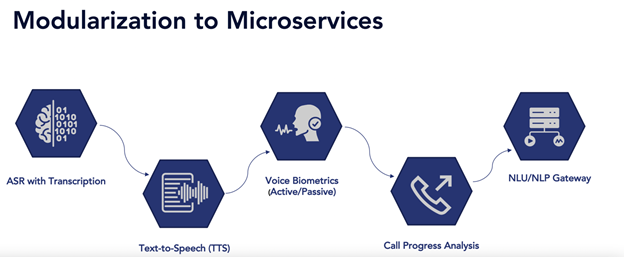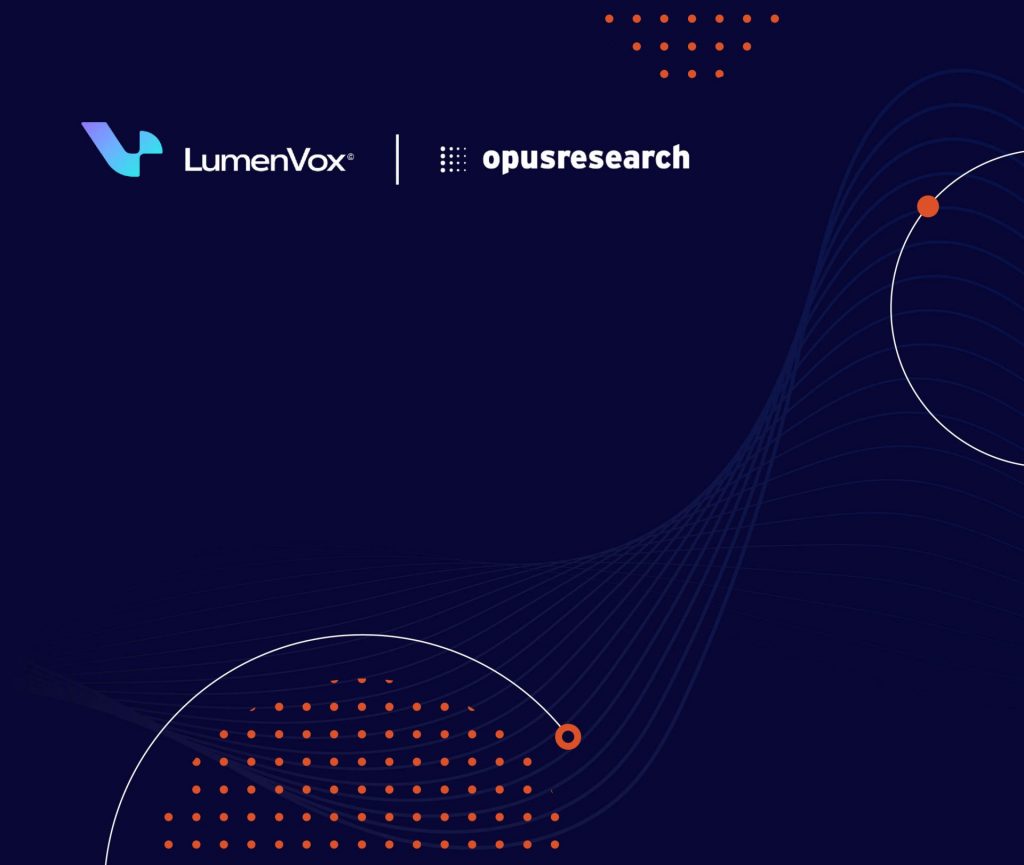By Dan Miller | Lead Analyst and Founder, Opus Research
Back in the 1970s, songwriter Ry Cooder penned a song that should be the anthem for the age of The Conversational Cloud. It starts with the musical question: “How can you keep on movin’ unless you migrate too?” As IT professionals and contact center administrators struggle to make sure that their technical infrastructures are up to the challenges of speech-enabling the applications and services they deliver to the “gotta-have-it-now” customers, they definitely feel his pain.
Every department of every business is moving to “The Cloud” at its own pace. Leading providers of Contact Center as a Service (CCaaS), Unified Communications as a Service (UCaaS), and Communications Platforms as a Service (CPaaS) are all reporting super-normal revenue growth (around 30%) and collectively approaching something on the order of $70 billion in annual recurring revenue. Yet, looking exclusively at Contact Centers, for example, CCaaS represents around 30% of the agent “seats” that comprise the global contact center market.
As they contemplate their move to their respective clouds, today’s speech automation professionals have access to tools and capabilities that were inconceivable in the 70’s. Cutting to the chase, it gets down to two words: “Containers” and “Kubernetes”.
Admittedly, these words are not top-of-mind for customer experience (CX) and contact center (CCTR) professionals. But their importance is ascending because they make it possible for brands to deliver innovative services at an enterprise scale, using the latest technologies. Ideally, they would use existing agent workstations and IVR systems as they take advantage of the latest applications, services, and microservices.
Containerization is a bold step beyond simple “virtualization”. That “V” word is defined as an approach to computing that makes the ability to run an application or service independent of any particular piece of hardware. It is an approach that made “cloud-computing” possible by removing concerns about hardware or operating system incompatibilities while, for example, serving familiar screens or applications to remote agents.
The primary benefit of virtualization and virtual machines is the ability for many virtual machines to share the same physical machine’s resources regardless of whether they are running Windows, Linux, or other operating systems. An added advantage is that virtualization is already a major fixture among leading cloud services providers and is instrumental in speeding the installation of new services and optimizing machine utilization.
To Virtualize is Not Enough
Yet virtualization, alone, is not sufficient for supporting migration. That’s where containerization and Kubernetes come into play. Mere virtualization falls short because, although differences in operating systems are no longer important, applications are, as a rule, “OS-dependent”. That brings complexity and adds to the effort it takes to install and configure a new system or application.
That’s where containerization comes into play. The term “container”, in this context, refers to an electronic packet that includes an application, along with its “dependencies”, including instructions that describe how it should be configured to work seamlessly with existing development tools and IT infrastructure. Each container includes artifacts, or “images” of the application that can be easily shared as they are pressed into service on a company’s private or public cloud, in multiple clouds, or in “hybrid” environments that are created when a company is, inevitably, in a state of transition.
This brings us to Kubernetes, an Open Source set of tools for automating deployment, scaling, and management of containerized applications. Its name is the Greek word for “helmsman” and it was given the name to describe its role as the hand at the tiller of a container ship (I know this evokes images of the ill-fated Ever Given, the ship that blocked traffic on the Suez canal for a seeming eternity in 2021). But its role gets down to another single word, “orchestration.” As depicted in the graphic below, Kubernetes gives enterprise developers the tools they need to build better voice-based customer interfaces by choosing among modularized microservices.

Cloud Migration Calls for Agility
Migration of customer care infrastructure into “The Conversational Cloud” is accelerating. It is driving demand for new natural user interfaces (NUIs) involving rapid and creative deployment of solutions that employ ASR, TTS, NLP and so-called Conversational AI”. By taking an approach that embraces containers, modularization and microservices, LumenVox supports the agility that enables companies to “keep on moving” ahead with better user experience as they migrate to the public cloud, their own private clouds or take a hybrid approach.
Interested in learning more about how to containerize your speech technology? Check out our latest webinar.





